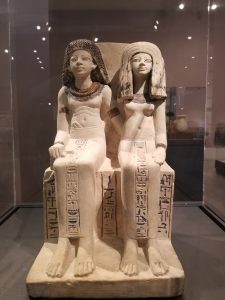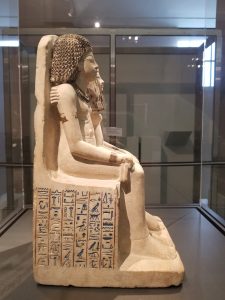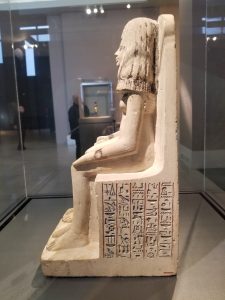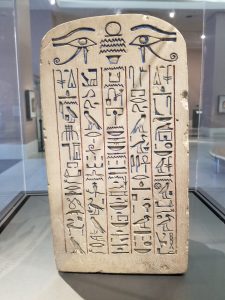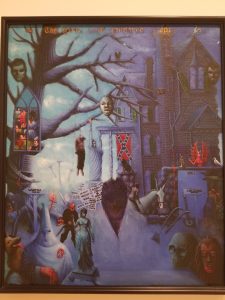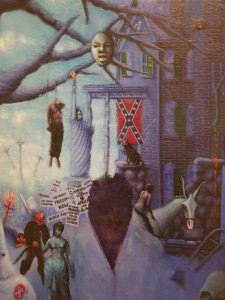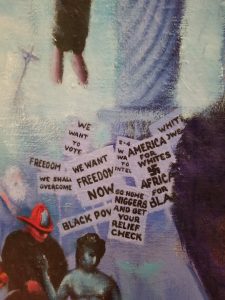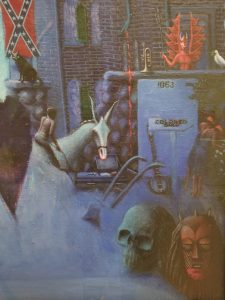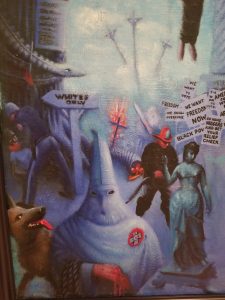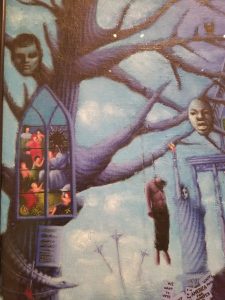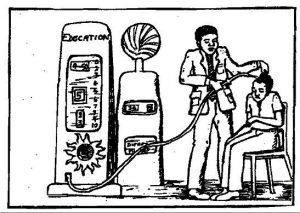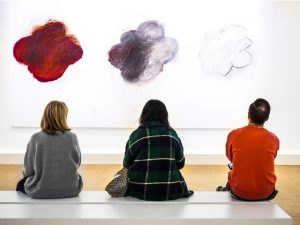In the Ancient Near Eastern Art exhibit, I saw the “Winged Genie Wearing Fancy Bracelets” piece of art. I first noticed its very detailed wings. There is a strong level of realism to the wings that reminds me of the common depiction of an angel’s wings, although it is also similar to the wings of certain kinds of birds. One of the wings is slanted downward, most likely to show the other wing, although it looks as though it is broken because of this. The muscles in the arms and legs are a bit over-exaggerated although there is a certain animalistic aspect that makes it fairly realistic anyway. You can clearly see that they had an eye for detail in the ear of the genie since it looks very similar to our own real-life ears.
As we have discussed about other artworks, this genie also has the elegant, orderly, and long beard that is very carefully carved in. He also has a very elegant crown on his head, similar to those we have looked at before. He is wearing elegant clothes, so between this and the crown, I can deduce that this man is very important and highly worshiped in the Assyrian culture this work of art came from. As noted in its title, it has fancy bracelets in the shape of a sun (a central orb with triangular points coming from it). This symbol also appears on his crown, so I take it to mean that this symbol is highly valued and representative of nobility and high status.



